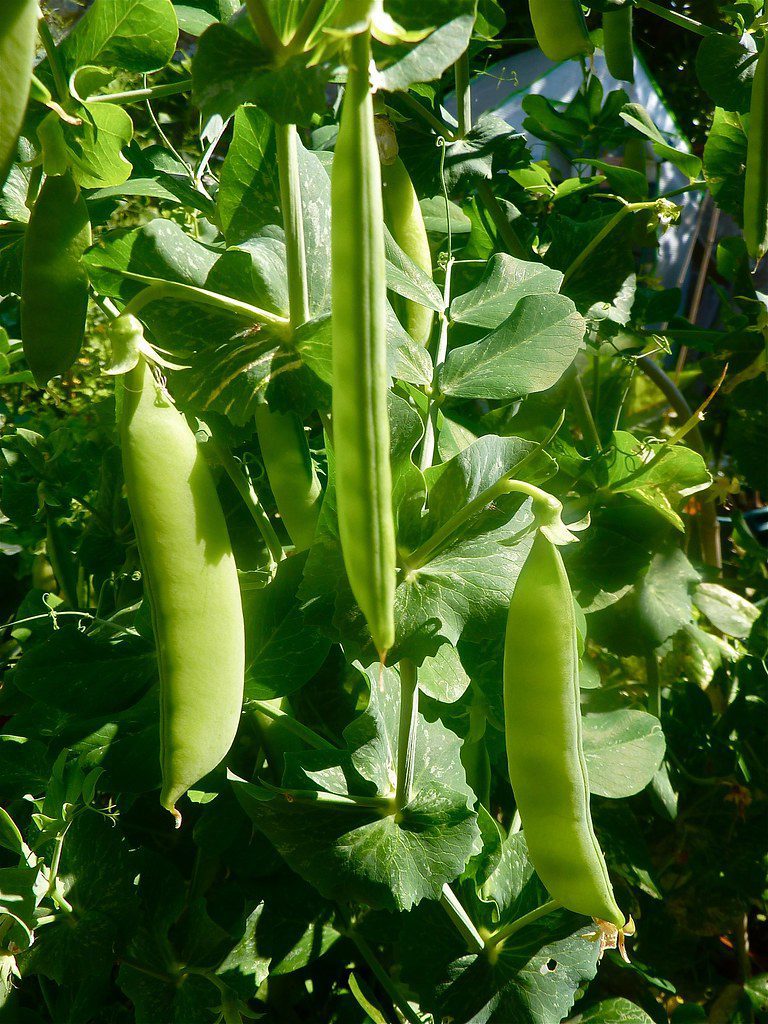
Firstly, introducing Auscrops, a wonderful market vending company bridging farmers and customers together through market vendors. Click here to find out more about How To Grow Peas as well fruit and vegetable offers.
How To Grow Peas
Fresh, homegrown peas are a favorite vegetable for many, but growing them requires a bit of know-how. Whether you have a big garden or just a few pots on your balcony, pea plants can easily thrive if you provide them with the right nutrients, water, and support. In this blog post, we’ll cover everything you need to know about growing peas from choosing the right variety to harvesting them at peak maturity.
- Choose the right pea variety
When choosing a pea variety, you’ll want to consider where you live, what time of year you’ll be planting, and whether you prefer shelling, snap, or snow peas. For example, if you live in a hot climate, you’ll want to choose a heat-resistant variety such as Wando or Little Marvel. If you’re short on space, consider climbing pea varieties like Sugar Snap or Oregon Sugar Pod II, which can be grown vertically up a trellis or netting.
- Prepare the soil
Peas like well-draining, fertile soil, so it’s important to prepare the soil before planting. Cultivate the soil to a depth of 6-8 inches and add compost or well-rotted manure to improve soil fertility. Peas are also nitrogen-fixing plants, meaning they take nitrogen from the air and convert it to a usable form for themselves and other plants in the soil. For this reason, avoid adding a lot of nitrogen-rich fertilizer before planting as it can actually hinder pea growth.
- Sow the seeds
Pea seeds should be sown directly into the garden or containers about 4-6 weeks before the last expected frost of the season. Plant the seeds 1-2 inches deep and 2-3 inches apart, then cover with soil and lightly tamp down. Water the soil well and keep it moist until germination, which usually occurs within 7-10 days.
- Support the plants
As pea plants grow, they need support to keep them from falling over. This can be achieved with a trellis, netting, or stakes. As climbing peas grow, gently attach the stems to the support structure with twine or twist ties. This will help prevent the plants from becoming tangled and makes it easier to harvest the peas.
- Harvest the peas
Peas are usually ready to harvest about 60-70 days after planting. The best way to tell if they’re ready is to check the pods. Peas should pick when the pods are plump and firm, but not yet mature. If the pods have become too mature, the peas will be starchy and tough. Gently pull the pods off the plant, being careful not to damage the plant. Most pea plants will continue to bear fruit for 2-3 weeks, so be sure to check the plants regularly for new pods.
Conclusion:
Growing peas can be a rewarding and tasty experience for any gardener. By choosing the right variety, preparing the soil, sowing the seeds, providing support, and harvesting at peak maturity. You can enjoy fresh, homegrown peas all season long. Remember to keep the soil moist, avoid over-fertilizing, and give your pea plants plenty of sunlight. And they’ll reward you with sweet, crisp peas that are perfect in salads, soups, and other dishes.
Click here to read similar articles.
 Français
Français 











